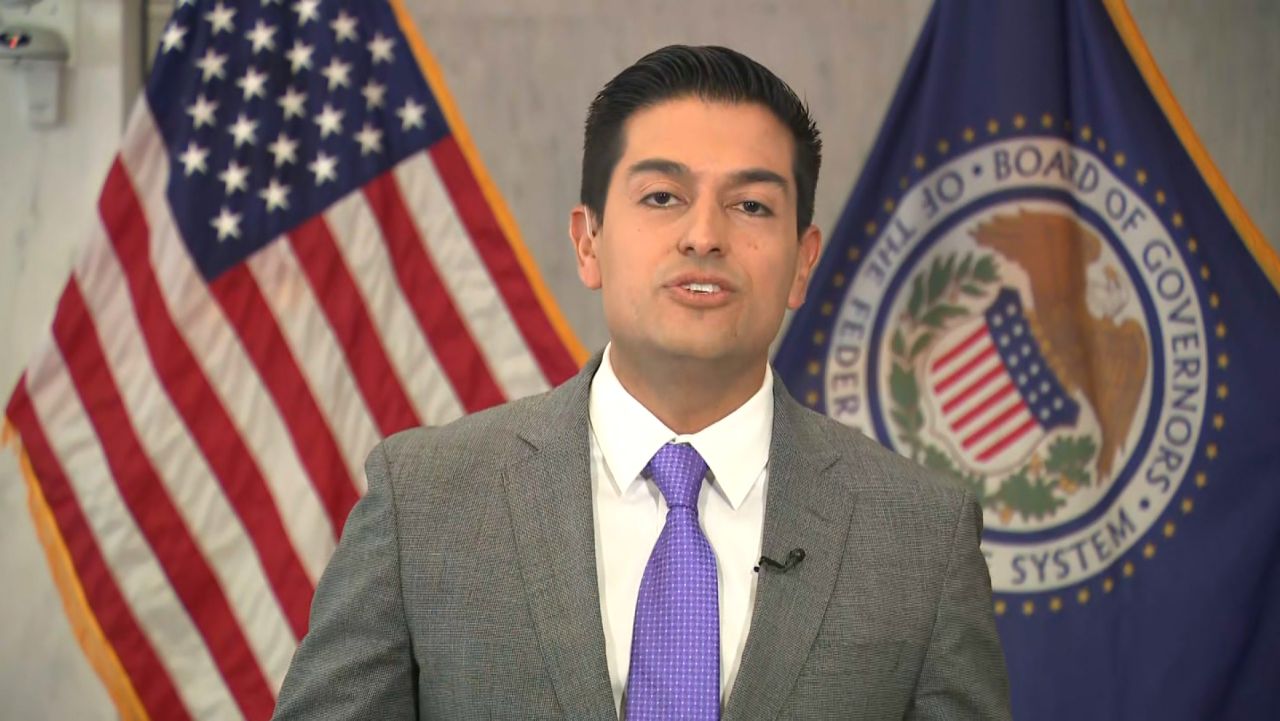The Federal Reserve approved a fourth-straight rate hike of three-quarters of a percentage point on Wednesday as part of its aggressive battle to bring down the white-hot inflation that is plaguing the US economy.
The supersized hike brings the central bank’s benchmark lending rate to a new target range of 3.75% to 4%. That’s the highest the fed funds rate has been since January 2008.
Wednesday’s decision, which comes at the end of a two-day policy meeting of the Federal Open Market Committee, marks the Fed’s toughest policy move since the 1980s and will likely deepen the economic pain for millions of American businesses and households by pushing up the cost of borrowing even further.
There’s also a chance it could trigger a recession.
In a news conference following the meeting, Fed Chairman Jerome Powell acknowledged that the path to a soft landing — cooling the economy without entering into a recession — had narrowed, but said it is still possible.
“The inflation picture has become more and more challenging over the course of this year,” he said. “That means we have to have policy be more restrictive, and that narrows the path to a soft landing.”
He also reiterated his commitment to bringing down inflation and his stance that persistent, entrenched inflation will cause greater economic pain than a recession.
Fed officials included a new section in their November statement — a rarity, since the Fed typically repeats the same language in each release. The Federal Open Market Committee, the central bank’s policymaking arm, “anticipates that ongoing increases in the target range will be appropriate in order to attain a stance of monetary policy that is sufficiently restrictive to return inflation to 2 percent over time.”
Fed watchers may interpret the addition of “over time” to their inflation rate target as dovish, meaning that the Fed may choose to ease away from aggressive rate hikes into smaller, but longer-term increases.
In addition, the statement noted that: “In determining the pace of future increases in the target range, the Committee will take into account the cumulative tightening of monetary policy, the lags with which monetary policy affects economic activity and inflation, and economic and financial developments.”
This new language could also pave the way for an eventual easing in interest rates as it acknowledges that monetary policy may already be effectively cooling the economy even as economic data, which often operates on a lag, indicates strong growth.
Wall Street may also consider that language a response to a recent increase in criticism that the Fed is overcorrecting with aggressively high interest rate hikes that could damage the economy unnecessarily.
Recent data only underscores the “choose your own adventure” aspect of the US economy: Mortgage rates at levels not seen in almost 20 years are beginning to choke the housing market. Sales of newly constructed homes dropped 10.9% in September from August and were down 17.6% from a year ago.
Yet some inflationary pressures are easing. Wages and salaries rose by 1.2% in the third quarter, down from 1.6% in the second, according to the Employment Cost Index.
And through it all, the job market has remained tight. Job openings unexpectedly surged in September, indicating there are 1.9 job openings for every available worker. Friday’s upcoming jobs report is expected to show the economy added another 200,000 positions in October, down from last month but still historically high.
























